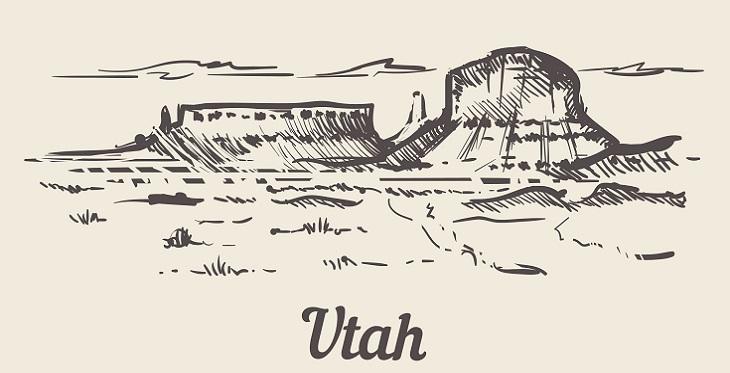
COVID-19 has overstayed it welcome for most of us. Everyone’s lives, across the nation and world, have changed drastically in the last nine months. While COVID-19 has impacted everyone, everyone’s experiences have been different.
This summer, I had the privilege to speak to Carol Lewis about Yavapai County, Arizona’s experience and how rural centers are handing the pandemic. But even rural centers experience the effects of the pandemic differently from each other. To explore different experiences across the southwest, I reached out to The Wayne Community Health Center in the rural town of Bicknell, Utah. Bicknell is one of the 10 communities that make up Wayne County. Wayne county contains about 2,475 square miles (105 miles long and 23 miles wide) in south central Utah, 97% of which is federal and state land. The population of Wayne county is about 2700 and there is only one medical doctor in the county to serve them. Of 2700 people in Wayne county approximately 81% of them have health insurance. The demographic of the population is mostly Caucasian (91%), with the median age and income being 41 years and $45K respectively.
In Bicknell itself the there is a population of a few hundred. To contextualize Bicknell, Jayden Brian, Marketing Director at Wayne Community Health Centers, Inc. explained from there the “nearest hospital and Wal-Mart is an hour away, while the nearest Costco is three hours away.” Bicknell and the other communities that make of Wayne county surround national parks with beautiful sandstone formations, mountains, and plateaus. For that reason, many tourists come through to take in the scenery and spend time outdoors.
COVID-19 hit the main industry of tourism in Wayne county and Bicknell particularly hard and its economic effects could be felt throughout the communities, but it is now picking up. I had the opportunity to converse with Donavan Smith RPh, Director of Pharmacy Services, and Jayden Brian with respect to their experiences of COVID-19 in Bicknell. Fortunately, since the town was already spread out before the pandemic, Jayden Brian explained, as of September there were only two cases reported in the whole county. While the number COVID-19 cases were remarkably low, the county, and specifically the Wayne Community Health Center, still took precautions to mitigate transmission.
Like the rest of the nation, the county adhered (and still adheres to) CDC and Health Department guidelines. Although, the clinic lacked the purchasing power of surrounding larger healthcare networks (i.e., Intermountain or Kaiser) it was thankfully able to secure supplies such as hand sanitizer before the shortage. The clinic also was able to shift to mainly telehealth visits once the pandemic hit since it has no ER or in-patient capacity. This worked well for the clinic because it allowed for staff rotation. Each provider was in the clinic only once every two weeks, otherwise only doing tele-visits, which mitigated transmission risks. According to Donavan Smith, there was also the “implementation of an organizational task force which [included]: medical providers, pharmacists, nurses, billing, dental representatives. [The] task force was meeting on a weekly basis to determine risk and how to mitigate these risks for the clinic. Whether this being mask wearing to temperature taking at our entry. Also, things discussed were consolidation of information we were all getting to help allow dissemination of accurate information to the staff.”
The case in the area surrounding the Wayne Community Health Center reminds us that even if transmission is mitigated by fortune of geography and through team efforts, the economic downturn is national especially in the tourism industry. It also reminds us, if proper efforts are made to social distance it is possible to get this virus under control.


